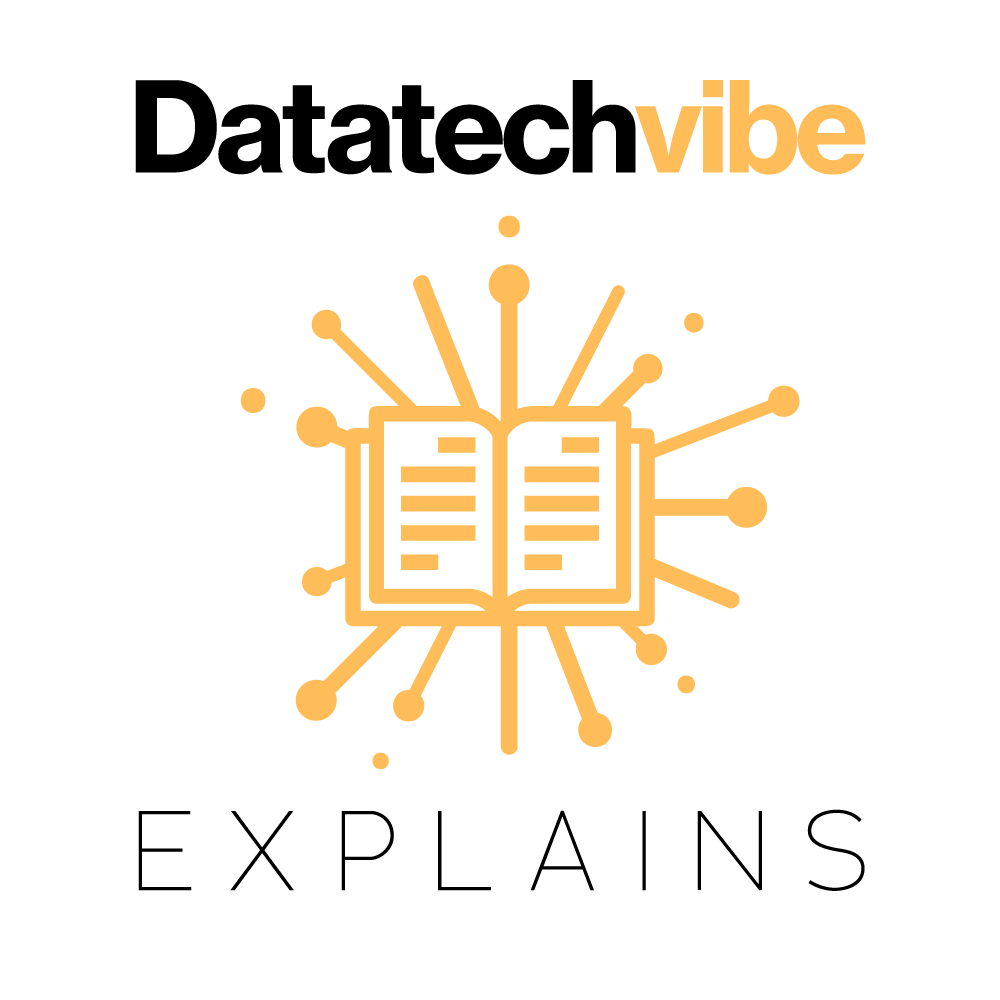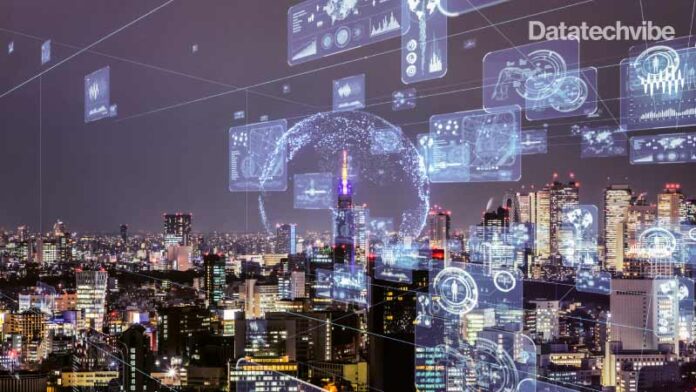The Identity of Things, or IDoT, involves assigning unique identifiers (UID) with associated metadata to devices and objects, connecting and communicating effectively with other entities over the Internet.
The metadata associated with the UID collectively defines the identity of an endpoint. IDoT is an essential component of IoT under which almost anything imaginable can be addressed and networked to exchange data online. In this context, it can be any entity, including physical and logical objects, with a unique identifier and the ability to transfer data over a network. 
The world is experiencing the IDoT which involves assigning a unique numeric or alphanumeric string to each object or device. This will allow them to connect and communicate with other entities through the Internet. Devices require more information to communicate effectively with the entities. A growing number of companies are using connected devices to build their products and services, which are primarily based on the IDoT. IoT identities consist of relationships, context-awareness, and authentication.
Also Read: Are Automated Knowledge Graphs Transforming Market Intelligence?
A few years ago, the IoT was the most significant burst in the world of technology. New technologies keep emerging, and experts have shifted their technical and business approaches from the IoT to the IDoT.
IoT is becoming increasingly complex. According to a report, in 2025, there will be 75 billion IoT devices, which is almost triple the number of devices in 2019. Identification helps reduce complexity and facilitate easy access. Identity management enables devices to be managed, failed devices to be predicted, and automated.
Future possibilities abound, and technology is advancing rapidly. Analysing centralised IoT should unify user identities, devices, and data to increase revenue and customer loyalty for a personalised user experience. The current growth and requirements of IoT are focused on device connectivity and interoperability.
Through the Internet of Things, everything can be actualised and integrated over remote control devices, including automobiles, robots, health tracking devices, and environmental control systems. With IoT, most of today’s physical devices, equipment, and machines can be connected to digital technology inside and outside an organisation.
In conjunction with data fusion, we will be able to mine, correlate, integrate and map IoT-generated sensors and other data to provide insights into predictive simulations.
Also Read: Get Your Data Machine Learning Ready
The combination of IoT devices and data analytics can lead to better business growth such as:
- Centralised functions will become self-monitoring, allowing real-time allocation
- Cost-effective through increased efficiency and productivity
- Creating better decision metrics with the help of better research data and predictive analytics
- Fusion of context data with object state
- Analysing and providing feedback based on current conditions in real-time
- Business intelligence advancements enable enterprises to achieve tangible business results









